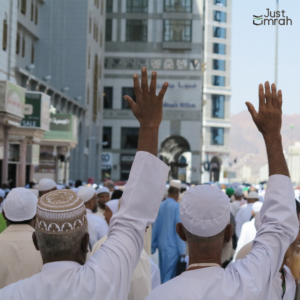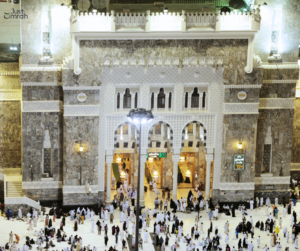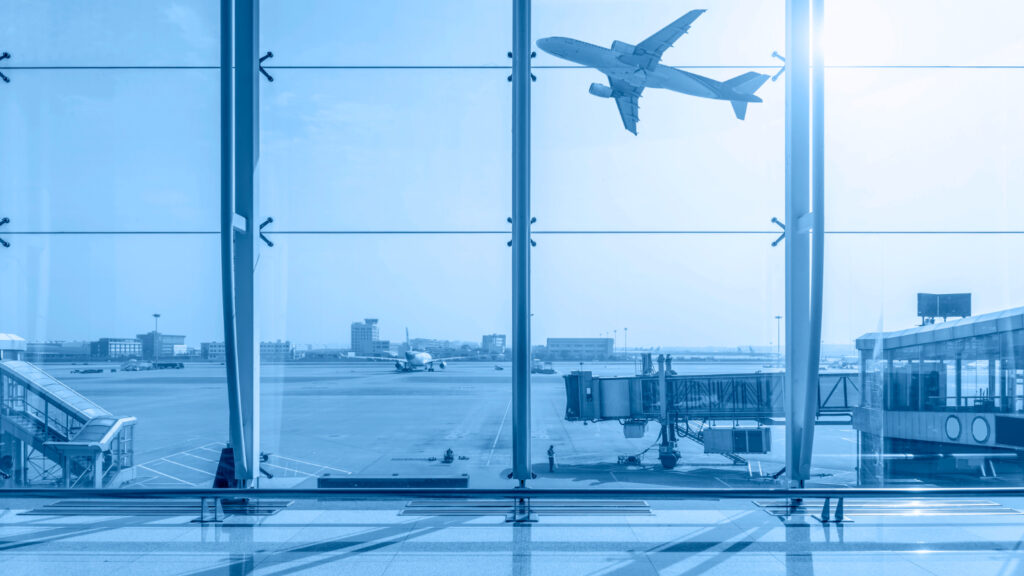In this article, we will explore why Muslims walk between Safa and Marwa and the significance this act holds in the Islamic faith. We will also delve into its benefits to those performing it.
Why Do Muslims Walk Between Safa and Marwa?
The walk between Safa and Marwa during Hajj and Umrah is an integral part of the pilgrimage and is performed to emulate the actions of Hajar during her search for water. walking between these two hills is a physical manifestation of dedication, perseverance, and trust in Allah’s guidance and provision.

When Hajar ran between Safa and Marwa, she did so out of desperation to find water for herself and her son. Her relentless pursuit in the face of adversity serves as a powerful example of unwavering faith and determination.
Muslims walk between Safa and Marwa to honor Hajar’s actions and to commemorate the miraculous provision of water by Allah. It is a way to express gratitude for the sustenance and blessings bestowed upon them.
Moreover, walking between Safa and Marwa is a symbolic act of devotion and submission to Allah’s will. It represents the willingness to exert physical effort and make sacrifices in the pursuit of spiritual growth and closeness to Allah.
By walking between these two hills, Muslims also become part of a larger narrative that spans generations. They connect with the historical and spiritual legacy of Hajar and Ismail, reinforcing their sense of belonging to a wider community of believers.

In essence, walking between Safa and Marwa is a powerful ritual that encapsulates the core values of Islam: faith, perseverance, gratitude, and unity. It is a testament to the strength of the human spirit and the unyielding belief in Allah’s mercy and providence.
In addition, let’s explore the significance of going between Safa and Marwa and the profound impact it can have on the spiritual journey of Hajj.
What are the benefits of going between Safa and Marwa?
walk between Safa and Marwa during Hajj or Umrah holds numerous benefits and rewards for Muslims.
It is not only a physical journey but also a spiritual one that can have a profound impact on the pilgrim’s faith and outlook on life.
Moreover, it has a lot of benefits, for example:
- Connection to Islamic History:
By participating in this ritual, Muslims connect themselves to the rich history of their faith; by following the footsteps of Hajar and Ismail.
- Remembrance of Allah’s Blessings:
It’s a reminder of Allah’s mercy and provision. It prompts pilgrims to reflect on the blessings they have received in their own lives,
in addition, to expressing gratitude for the sustenance and opportunities they enjoy.

- Strengthening of Faith:
The physical act of Sa’i serves as a reminder that no matter the challenges they face,
Allah is always there, guiding and supporting them.
- Personal Reflection:
It provides pilgrims with a time for introspection and self-reflection. It allows them to contemplate their relationship with Allah,
In addition to seek forgiveness for their shortcomings and set intentions for personal growth and improvement.
- Spiritual Purification:
The act of going between Safa and Marwa is a form of spiritual purification. It symbolizes the pilgrim’s desire to cleanse their heart and soul,
seeking forgiveness for past mistakes and striving for a renewed sense of spiritual purity.
- Unity and Solidarity:
Participating in the ritual of going between Safa and Marwa alongside millions of other Muslims from around the world fosters a sense of unity and solidarity.
It reinforces the idea that all Muslims are equal and united in their devotion to Allah.
- Physical and Mental Endurance:
Walking between Safa and Marwa requires physical and mental stamina;
Firstly, It challenges pilgrims to push their limits and overcome fatigue,
Secondly, teaching them resilience and determination.
Key Takeaways

- Going between Safa and Marwa is a significant ritual in the Islamic pilgrimage of Hajj and Umrah.
- It commemorates the actions of Hajar and her son Ismail and symbolizes faith, perseverance, and trust in Allah’s provision.
- The act of walking between Safa and Marwa holds deep spiritual meaning and serves as a reminder of the power of faith and unity among Muslims.
In Conclusion,
As Muslims conclude their journey between Safa and Marwa, they carry with them the lessons and blessings of this sacred ritual.
It is a reminder of the strength of the human spirit, the power of faith, and the guidance and mercy of Allah.
May all those who embark on this pilgrimage find solace, enlightenment, and blessings in their journey.






